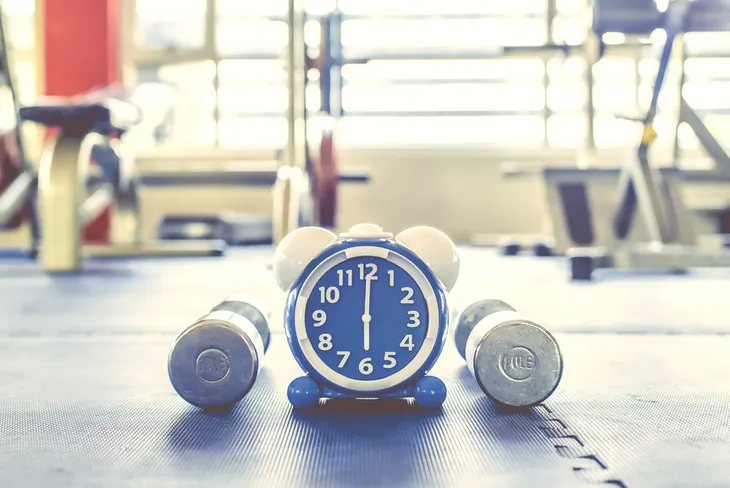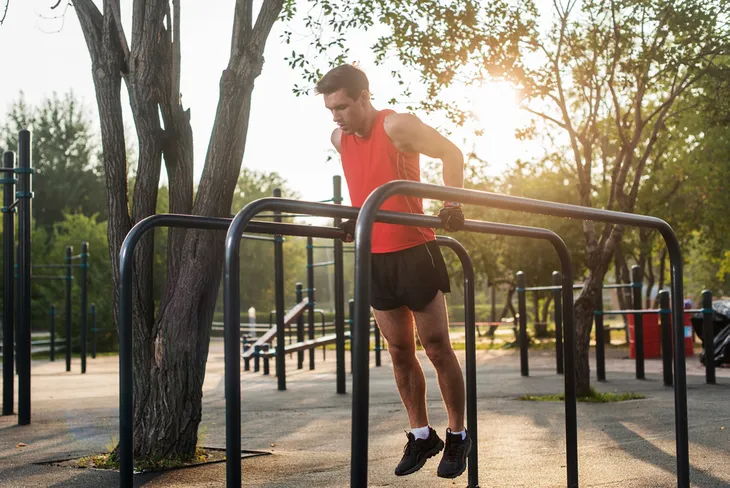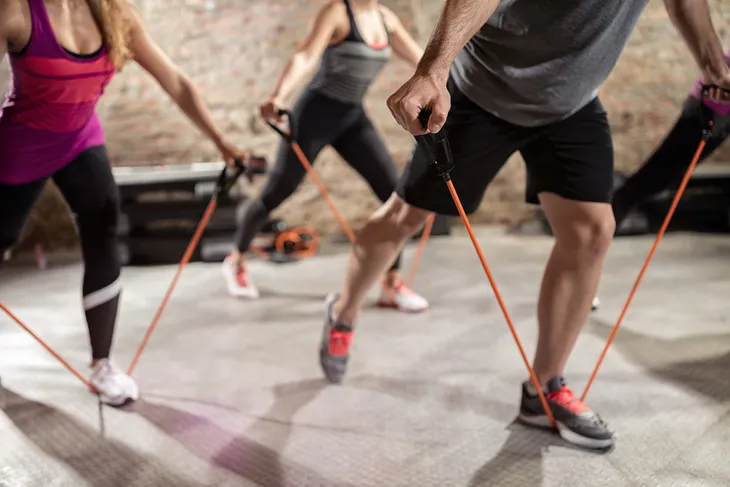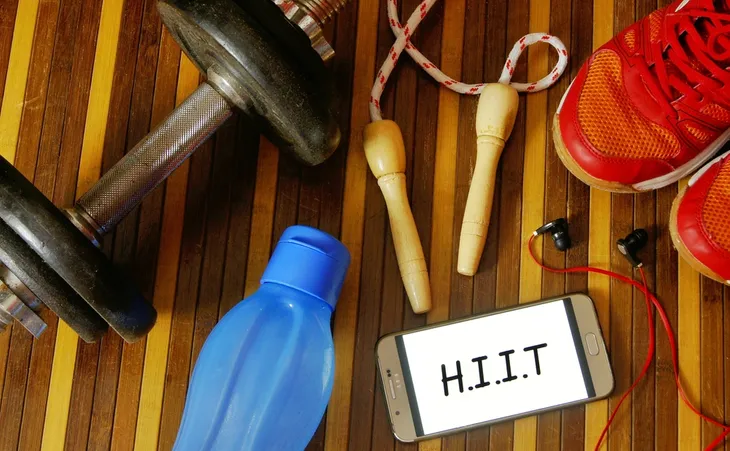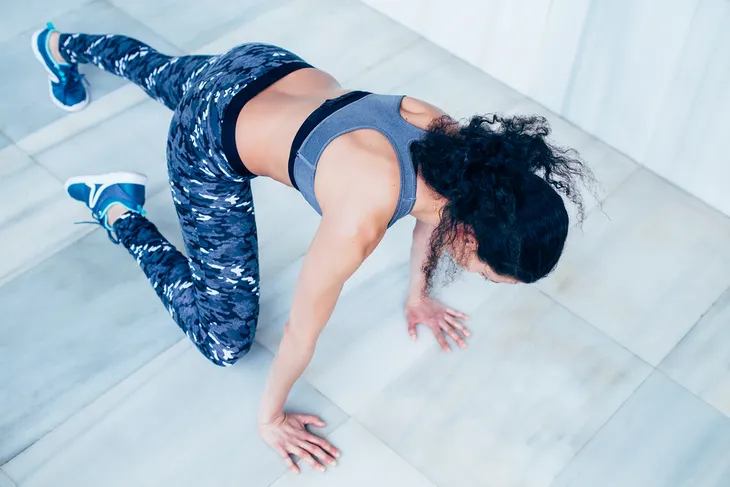Although the concept of interval training appears to be growing in popularity creating a frenzy of exercisers across North America, it’s nothing new. We can thank the coaches, runners, and Olympic athletes of the early 1900s for paving the way to CrossFit and High Intensity Interval Training (HIIT). One of the strongest arguments for the popularity of HIIT programs is the promise of fast and effective exercises that offer quick results.
Presently, HIIT and CrossFit are some of the most popular programs offering participants a quick workout that strengthens both cardiovascular and muscular systems. For those considering adding a HIIT of exercise to the schedule, there are a few things to consider before going crazy over CrossFit.
Pro: It’s an Efficient Use of Valuable Time
Time is the most popular reason given for not adding exercise into one’s schedule. It appears that work, family, and other extracurricular demands are sucking any extra time we have to dedicate to hours in the gym.
High intensity training over short intervals of time, offers an effective and efficient way of training. In addition, twenty minutes (or less) is all that is needed to increase muscular and cardiovascular strength while enjoying a bit of fat loss at the same time.
Con: The Risk of Injuries Increase
With any exercise regime, the rate of injury will increase; that’s a given. Unfortunately, due to the high intensities demonstrated by HIIT and CrossFit training, physiotherapists are witnessing a rise in injury rates as this training modality becomes more popular.
The American College of Sports Medicine, in 2014, warned that not only can injury rates increase through participation in HIIT but the results of high intensity training can lead to a rare but deadly condition known as exertional rhabdomyolysis. This occurs when muscle fibre breaks down and releases protein myoglobin in the bloodstream leading to serious kidney damage and potential death.
Pro: HIIT Can Be Done Anywhere
The challenge with many exercise regimes is the travel time necessary to get to the workout (i.e. a fitness facility). High intensity interval training allows for the exerciser to workout anywhere and anytime. For someone too busy to dedicate hours of preparation and travel time to exercise, this is a huge plus.
Searching for exercise ideas and programs is now as easy as surfing the internet. There are a wide variety of websites and exercise blogs offering a large number of workout programs for the home, office, and great outdoors. The challenge is weeding out the safe and effective exercises from those that don’t consider proper biomechanics and other safety concerns.
Con: HITT is NOT a Beginners Workout
For the novice exerciser, HIIT needs to be taken into perspective. Not just anyone can jump into a HIIT program and expect to walk away in one piece. For those integrating exercise back into their schedule, it is imperative that slow progressions and a buildup in core strength, balance, and muscular and cardiovascular strength occurs first.
One of the best ways to get seriously injured and never return to exercise again is jumping in with both feet and no clue. It is important to access the expertise of a certified and educated personal trainer to obtain an exercise prescription with the long term goal of HIIT participation. If this is not possible, approach the HIIT program critically and opt out of doing the more advanced exercises until the necessary strength is developed.
Pro: The Benefits May Be Greater Than Long Slow Distance Training
Long slow distance training (LSD) is like the antithesis of HIIT. For some, LSD training is beneficial because the intensity is significantly lower (as are the fitness gains) offering for greater comfort. For others, nothing can reap the overall benefits as HIIT can. In less than 20 minutes one can increase muscular strength, cardiovascular strength, VO2 max (lung capacity), and power. HIIT offers more fitness bang for the buck but demands a higher level of discomfort from its participants.
Keep in mind; although HIIT is popular, it isn’t for everyone. From extreme muscle burning to feelings of nausea, HIIT may deliver but it also demands something in return. Long slow duration training can offer the exerciser a more comfortable pace as long as they can commit to a longer workout (i.e. 30 – 60 minutes). Where LSD training falls short is the lack of muscular and cardiovascular strength building.
Con: The Potential Risk to Joint and Heart Health
It is highly advisable to consult a healthcare practitioner before embarking on the first HIIT workout. Pre-existing injuries along with other joint and bone issues may not only get in the way of an enjoyable workout but further damage may be done if one works through the pain and discomfort.
Similarly, being aware of heart health is very important before elevating the heart to higher beats per minute. There have been a number of studies that have sounded the alarm on high intensity training and heart health. A study published in the European Heart Journal suggests that HIIT may lead to dysfunction of the right ventricle (RV) of the heart. Diminished function of the RV can cause electrical instability and may lead to increased risk in sudden death.
Pro: May Strengthen Exercise Motivation and Commitment
Overtime, any exercise program can become duller than watching the grass grow (not that there’s anything wrong with that). One of the keys to lasting motivation is changing it up on occasion and replacing the old and boring with the new and exciting. HIIT offers a wide range of exercises while integrating motivational music to keep the energy (and the exerciser) high.
Moreover, the social media sites have taken HIIT to a new motivation level by offering the exerciser a wide variety of replacement exercises coupled with “motivations of the day” to inspire and keep the commitment and alive and well.
Con: Unqualified Fitness Instructors
Unfortunately, not all fitness instructors are created equal. Although there are many fitness instructor courses that offer a well balanced approach to the theoretical and practical aspects of training, many are fly-by-night certifications one can purchase without cracking open a text book. Couple that with the “self-taught” trainers that base their expertise on their own personal routines (the good, the bad, and the extremely ugly) and you have a recipe for disaster and seriously injury.
An effective, safe, and motivational trainer will have knowledge in physiology, anatomy, biomechanics, and training methodology while understanding the psychology of exercise. Don’t be fooled by good looks and big muscles, this mistake could not only lead to a bad experience but cost us our health in the process.
Pro: With People or Without…the Choice is Ours
It is important to identify our likes and dislikes when it comes to exercising with others and when we are alone. From working out in front of a good movie to exercising in a large circuit at the gym there are many options to suit all needs.
The benefits to working with groups includes the health benefits that comes with social connection (decreased stress, increased immune system function, and higher level of quality of life) in addition to the sense of accountability that comes with exercising with a buddy. Conversely, individual conditioning means one doesn’t have to create a schedule or plan and stick with it (or contend with the constant chatter that sometimes comes with). The choice is ours!
Con: Beware of Empty Promises
A quick scan of the internet and one will notice the many promises and statements made by various companies and salespeople selling HIIT. From “getting ripped quick” to “losing fat fast,” it is all about looking good under 10 minutes a day. For most of us, the reality of that bikini body in seconds flat turns out to be the fantasy in no time.
Without extreme dieting and caloric restriction (coupled with airbrushing and photo augmentation), these ripped and sinewy bodies do not come easy and will not be ours under 8 minutes a day. Be careful not to buy into these promises no matter how promising it sounds. If it is too good to be true….it is!

